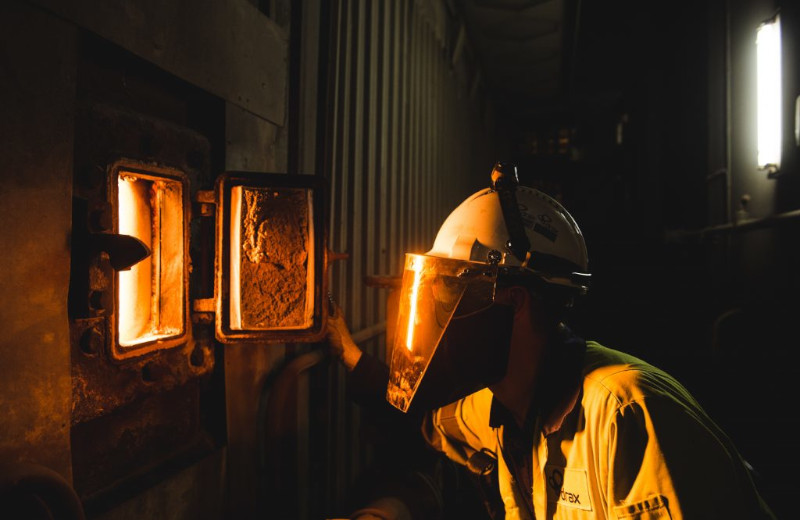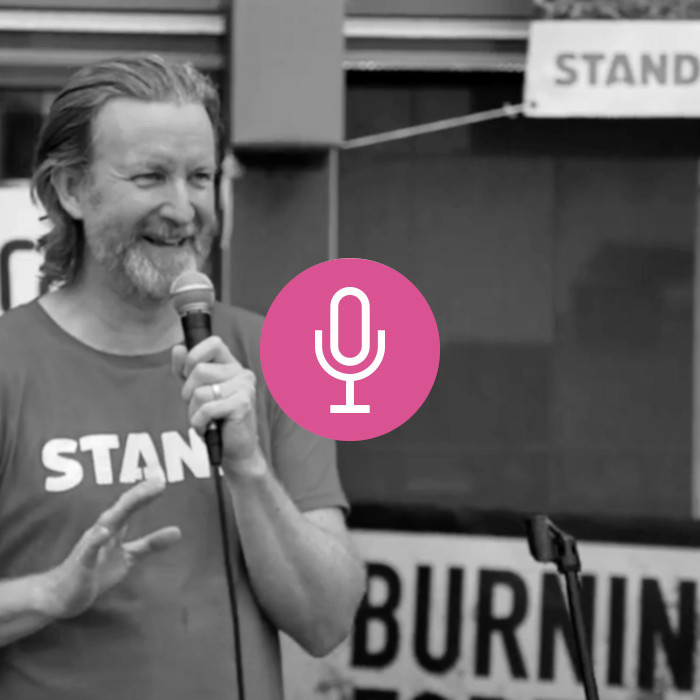Table of Contents
Never go to the Intergovernmental Panel on Climate Change (IPCC) for easy answers. Their last major report in April 2022 was 2914 pages long and studies over 3000 potential policy pathways for climate mitigation – so be wary of any journalist who makes simple claims about what the IPCC “recommends”.
With that disclaimer out of the way, let’s look at some of the analysis around carbon dioxide removal in Working Group Three’s 6th Assessment Report.
What is greenhouse gas removal (GGR), and why do we need it?
We have reached the stage when reducing emissions and pollutants is not enough to keep global heating to safe levels – we need to actively remove excess greenhouse gases from the atmosphere. All of the ‘illustrative’ pathways featured in the assessment report that keep global heating below 2°C use some form of GGR.
The IPCC state that GGR performs three roles:
- In the short term, it reduces the net amount of greenhouse gases being added to the atmosphere.
- It can counterbalance or offset the emissions from sectors that are particularly difficult to decarbonise, like air travel or agriculture.
- In the long term, with enough GGR, we could reach a point where we remove more greenhouse gases from the atmosphere than we add. This would create net-negative emissions, meaning the level of greenhouse gases in the atmosphere will begin to decrease.
This last point is particularly relevant to pathways that overshoot temperature targets, and then use GGR to bring temperatures back down to safer levels. For example, we could hit 2°C of warming around 2050, with the aim of bringing them back down to 1.5°C by 2100 through the colossal deployment of carbon capture and storage technology in the latter half of the century.
At a glance, overshoot looks like an appealing way to buy us more time. In reality, it is a risky idea with many potential dangers, likely to trigger irreversible climate tipping points. Academics have warned that overshoot models are more damaging for the environment, more expensive, and more climatically risky than staying below our temperature targets.
Sadly, overshoot models might be our only hope of ultimately limiting global heating to 1.5°C – the IPCC scenarios that stay below this level without overshoot are listed as only having a 38% chance of success. Even the most radical pathways only have a 58% chance of avoiding overshoot.
What types of GGR does the IPCC suggest we implement?
For the moment, we only have the means to remove atmospheric carbon dioxide – the report authors state that “there are proposed methods for removal of non-CO2 greenhouse gases such as methane” but the “scarcity of literature on these methods” prevents them from being discussed.
There are also many forms of carbon dioxide removal (CDR), including nature based solutions like afforestation, technological methods like direct air capture, and geoengineering such as enhanced weathering.
In previous reports, the IPCC primarily relied on two of these in their modelling: afforestation, and bioenergy with carbon capture and storage (BECCS). BECCS is still by far the IPCC’s most favoured option for carbon dioxide removal, but the April 2022 report has broadened their scenarios to include other techniques such as biochar, enhanced weathering, and various methods of sequestering additional carbon in oceans. It is fair to say that direct air capture has now become a key contender.
The report is also more critical of BECCS than the IPCC has been in the past. A recurring point is that bioenergy may “result in trade-offs with efforts to achieve sustainable development, eradicate poverty and reduce inequalities”, and so the more BECCS is deployed, the harder it could become to meet certain United Nations (UN) Sustainable Development Goals. The authors also acknowledge the ways in which the integrated assessment models (IAMs) the IPPC draws on inherently favour BECCS over nature-based solutions and other methods of carbon removal.
- Introduction to Bioenergy
What is Bioenergy with Carbon Capture and Storage? The BECCS for power basics.
What’s the carbon budget for CDR?
Over the 97 pathways that aim for limiting global heating to 1.5°C with “limited or no temperature overshoot”, the median amount of negative emissions between the year we reach net zero and the year 2100 is 220 gigatons of carbon dioxide (GtCO2). Some scenarios in this category require more than 660GtCO2. For context, global CO2 emissions in 2021 were just over 39Gt.
When temperature overshoot is modelled before returning to 1.5°C, the quantities of CDR get even more ambitious, with a median of 360GtCO2 between reaching net zero and 2100 across 133 scenarios.
Yet more recently, the UN Environment Programme cast doubt on such pathways still being possible. Their 2022 Emissions Gap Report, published ahead of COP27, described existing nationally determined contributions (NDCs) as “highly insufficient”, stating they risk global heating of 2.6°C even if countries were meeting them (which they are not). Without immediate “broad-based economy-wide transformations”, “1.5°C during the twenty-first century without significant overshoot” will be impossible by 2030. Crucially, negative emissions are unlikely to fix this as the report found that “returning to below 1.5°C in 2100 is infeasible” in many scenarios. Current policies are heading us towards 2.8°C.
A more conceivable category of IPCC pathways imagines that countries start actually meeting their NDCs, and then in 2030 begin to take actions that will give at least a 67% chance of keeping global heating below 2°C. Across 97 scenarios that model this, the median amount of negative emissions needed between net zero and 2100 is 60GtCO2.
If CDR tech does reach the holy grail of affordability – $100 per tonne of CO2 – this would cost $6 trillion. That is just the running costs, not including the costs of creating and installing the facilities. You can read more about the challenges with scaling BECCS and direct air capture in my long read series about carbon capture technology:
It is hard to find a figure for how much CDR is happening already – how do you record the carbon accounting for every tree planting project in the world? Whatever the figure is, however, it is miniscule compared with any of these targets. The Coalition for Negative Emissions estimated that the pipeline of negative emissions projects in 2021 could produce 150 million tonnes of CO2 by 2025. “cdr.fyi”, a new initiative to track CDR purchases, currently1 estimates that 628,314 tons of CO2 have been commissioned for removal, only 4.3% of which have been delivered.
What needs to happen to make this a reality?
The report supports the usual narrative that scaling up CDR will be more feasible with a range of methods than by committing to one approach. Planning should be location-specific, considering which method would have the fewest risks and compromises with sustainable development at a regional level. While there is “a small but emerging literature providing such assessments for developed countries”, research on this in the rest of the world is “limited”.
This planning should be “bottom-up and community driven” to make sure the right methods are implemented for local human populations. Social opposition to geological storage is expected in some places for example, and some CDR methods affect air and water quality, or compete with the agricultural sector for land and crops.
Other research gaps include studying the “two decades of slow-moving CCS deployment” to avoid similar mistakes with CDR, and upping the study of “less well understood methods” that do not rely on carbon capture technology, “such as ocean alkalinisation or enhanced weathering”.
The report also discusses the changes needed in governments’ approaches to planning carbon removal. This includes thinking beyond government term limits in more detail: despite net-zero commitments, “only a few national long-term mitigation plans or legal acts already entail a vision for net-negative GHG emissions” (Sweden, Finland, Germany, and Fiji are listed).
Creating national targets for carbon removals that are separate from broader net-zero commitments is recommended, and even creating “sub-targets” for different types of CDR. Otherwise, there is a risk that decarbonisation is slowed by the promise of CDR later down the line.
Policymakers should not look to the emergence of a corporate CDR market and hope the private sector will scale up the industry independently: the IPCC report stresses that governments will need to be heavily involved in planning and regulating CO2 transport and storage infrastructure, as well as developing and regulating reliable frameworks for monitoring, reporting and verification of carbon flows.
Endnotes
[1] As of 4/9/22
Bertie Harrison-Broninski is an Assistant Editor at ELCI, and a researcher studying bioenergy and BECCS policy for Culmer Raphael. He is also a freelance investigative journalist, with recent work including Al Jazeera’s Degrees of Abuse series and John Sweeney’s book on Ghislaine Maxwell. Find him on twitter @bertrandhb.





